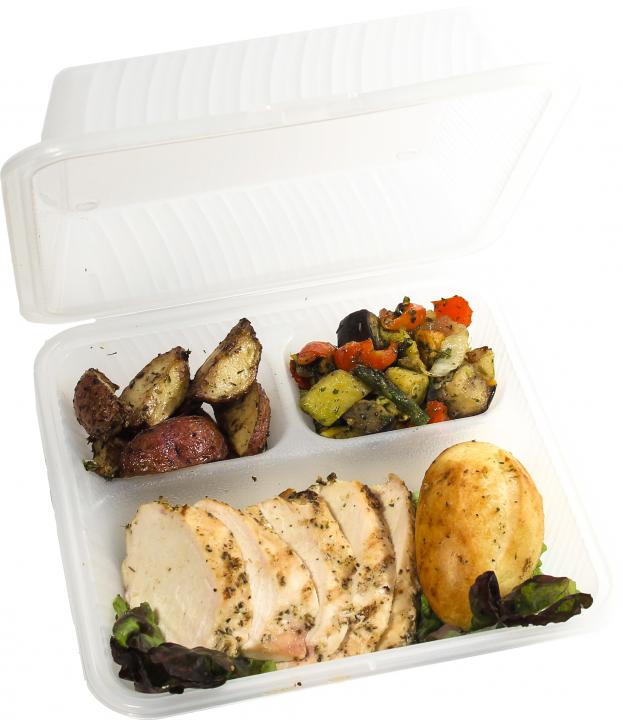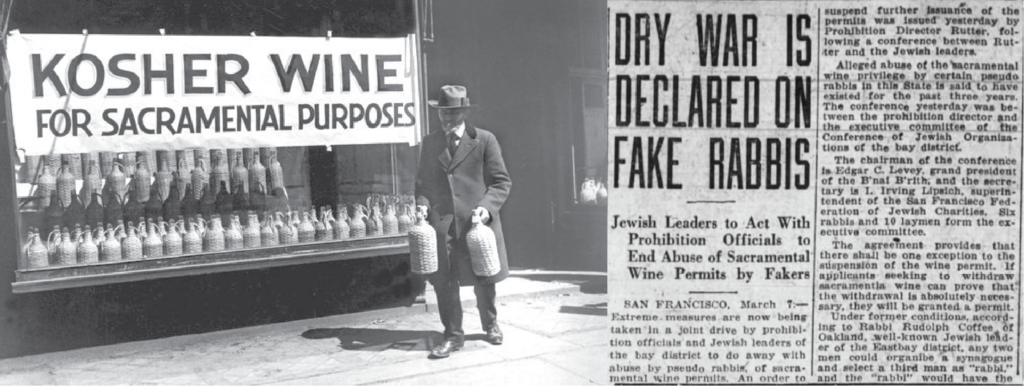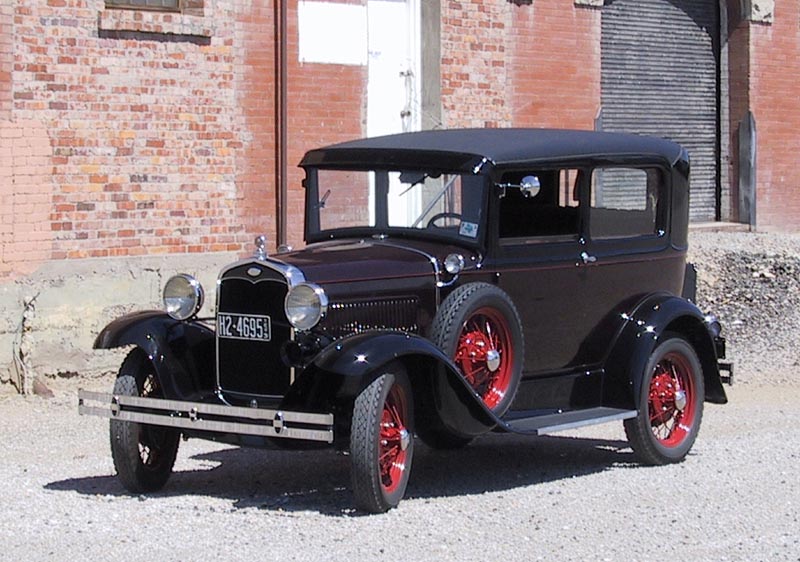1. After you have had both of your shots, take a photo of your CDC vaccination card showing that you are fully vaccinated and leave the photo on your cell phone. Also, print up a few copies of your vaccination card as well and leave one of them in your wallet. It is my guess that pretty soon, people are going to need to show proof of vaccination in order to get into certain places, places like classrooms, dorms, gyms, airports, etc. Some European governments are already considering requiring foreign visitors to show proof of vaccination before they can enter the country. Some cruise ships are running again, but they are requiring passengers to produce proof of vaccination to get on board. Just last week, New York announced they will be issuing ‘vaccination passports.’ You will need one of them to get into large venues in New York, like Madison Square Garden and convention centers. Make sure you store your original vaccination card someplace where you won’t lose it. Treat it like a critical personal document.
2. Don’t make plans for the day after you get your shots, especially the second shot. About 1% of people who get the Moderna vaccine feel sick or feverish after the first shot, and 20% feel sick after the second shot. That included me. I was sick as a dog the day after my second shot.3. Don’t stop wearing a mask. Just because you are vaccinated, that doesn’t mean that you can’t give Covid to other people. A vaccinated person can still be a carrier of the virus. Over 1,000 Americans are still dying every day of Covid (as of March 1). Keep 1 or 2 spare masks in your pocket just in case the strings break. Mine break all the time.

COVID AND RESTAURANT FOOD CONTAINERS.Because restaurants are closed for in-person dining due to Covid, the amount of food people are eating at home in to-go plastic containers has exploded. Before the epidemic, I never had hot meals delivered to my house. Now, it seems, everybody is getting them, including me. But remember, most plastic to-go food containers are not microwavable. If you get food in a plastic container, and the food needs reheating, take the food out of the container and put it on a porcelain plate or bowl first. Some plastics will melt in a microwave oven. But much worse, some plastics release toxic chemicals into your food when the plastic gets hot! Don’t trust disposable plastic containers that say ‘microwavable’ on them. That just means the container won’t melt in your microwave oven. It is not a guarantee that the container won’t leach chemicals or microplastic particles into your food.
Microplastics. The average American eats about 5 grams of microplastic particles every week. That’s about the weight of a credit card. Eating food out of plastic containers and drinking beverages from plastic bottles are the major source of plastic in our diet. No one knows what the long effect is of eating all this plastic is. It is becoming increasingly difficult to find products in supermarkets that aren’t packaged in plastic. Until just a few years ago, most brands of mayonnaise, ketchup, and vegetable oil came in glass jars and bottles. Now, nearly all of them are in plastic. In 2017, global plastic production was 8 billion tons a year. By 2050, it is expected to increase to 35 billion tons, and less than 10% of all plastic is recycled.


